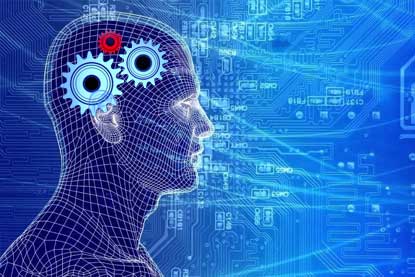
Discover
Listen, ask questions, make observations, and think.
We want to fully understand our client’s business and the environment in which they operate. We begin by interviewing stakeholders and reviewing their strategy. Next — a competitive analysis and a review our client’s current digital activities. Then, we switch views by looking at the world through the user’s perspective, and assess any problems they may encounter. In the final stage, we follow through by conducting research to understand how the target audience (prospective customers) would prefer to interact with our client’s brand — online.
Plan
Create the foundation for bringing the project to life.
During this stage, we create the planning and strategy for client’s digital initiatives. Here’s where we turn research into consumer insights, user goals, and business requirements. First we develop 3-5 user personas, based on our client’s target audience. Next, we develop task scenarios that users need to accomplish — find and research a product, read a review, go to check out, make a purchase. Finally, we incorporate the information we’ve developed in the brand positioning, communications planning, feature prioritization, messaging, and a strategic vision for what we will build now and in the near future.

Iterate
Playing around and trying different ideas
In the Iterative phase of our process, creative concepts are developed to support the overall strategy of our client’s project. This is where “play” and try many different ideas — create demos or prototypes and test them with users, throw out what doesn’t work, and iterate.
Where do we get our ideas? Ideas can originate anywhere and some of the best come from the outer fringes — an image that we might have seen in National Geographic, a rough sketch or concept, or a kid’s school book. It doesn’t really matter where the ideas come from or how the final concept gestates. What matters is POLISHED RESULTS that met or exceed our client’s vision and have the desired impact on the end user — the customer.

Build
Turing creative concepts into digital reality
During the Implementation phase, we translate all the creative concepts we’ve developed into digital reality. This phase may include a wide array of activities, including: interaction design, visual design, content and asset development, and social media management. The work falls in these three areas:

Measure
The means to judge success and improve performance
Every initiative that we build for our clients includes the means to judge its success — analytics to measure performance, feedback loops to monitor user engagement and activity, and defined Key Performance Indicators to track the value of page views, dead ends, conversions. Our expertise includes paid campaigns (PPC), social analytics, and Web.
The objective? Simple — to enable our clients to easily monitor results, make changes to improve performances, and create a more relevant experience for users that strengthens their connection to the brand.

Evolve.
Improving performance over time
Digital evolution simply means improving performance over time. How? With methodologies such as A/B Testing and Multivariate Testing and Analysis. These two test-and-learn techniques are important components to evolving our client’s solutions and to driving conversions, lowering churn, and improving overall business performance over time.
Categories
- Blog (4)
- branding (1)
- content (4)
- Content Strategy (5)
- digital marketing (5)
- Editorial (1)
- Social Media (1)
- Uncategorized (15)
- Video (3)
- Websites (2)
Recent Posts
- Donald Trump’s Brand Reputation Shenanigans January 25, 2017
- A Seismic Shift In Content Strategy January 17, 2017
- Video Eats the Internet November 20, 2016
- The Future of Mobile is Video October 23, 2016
- How to Communicate More Effectively October 12, 2016
- Convert More Prospects Into Clients October 12, 2016
- How To Develop a Successful Digital Marketing Strategy October 11, 2016
Contact Us
Larry Ross
781-201-9404
LarryRoss@DoctorOfContent.com

